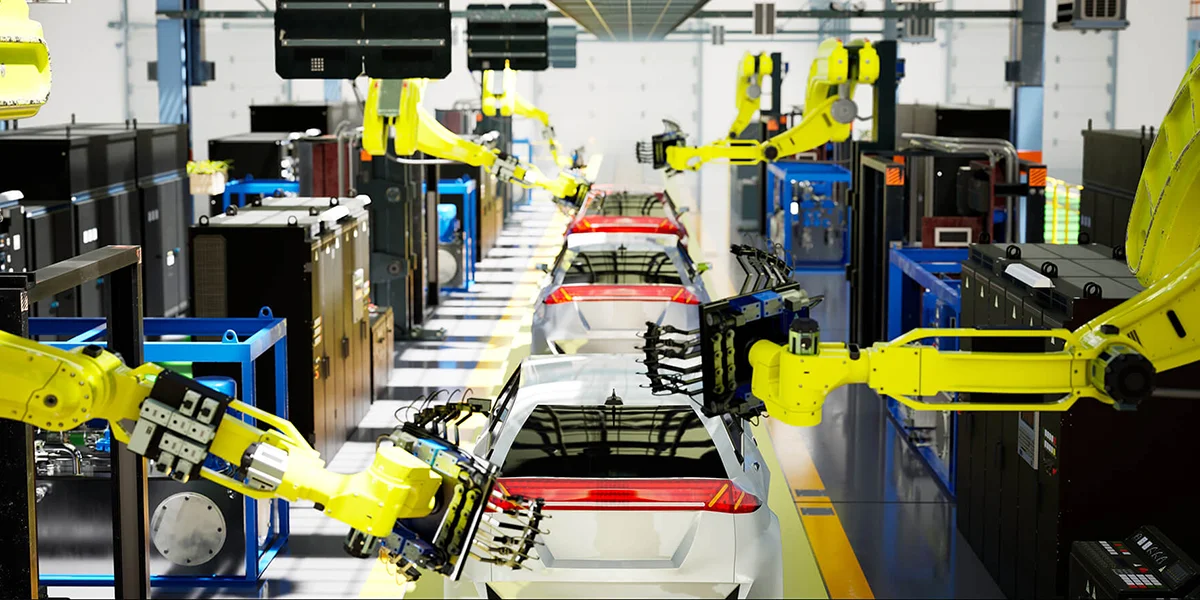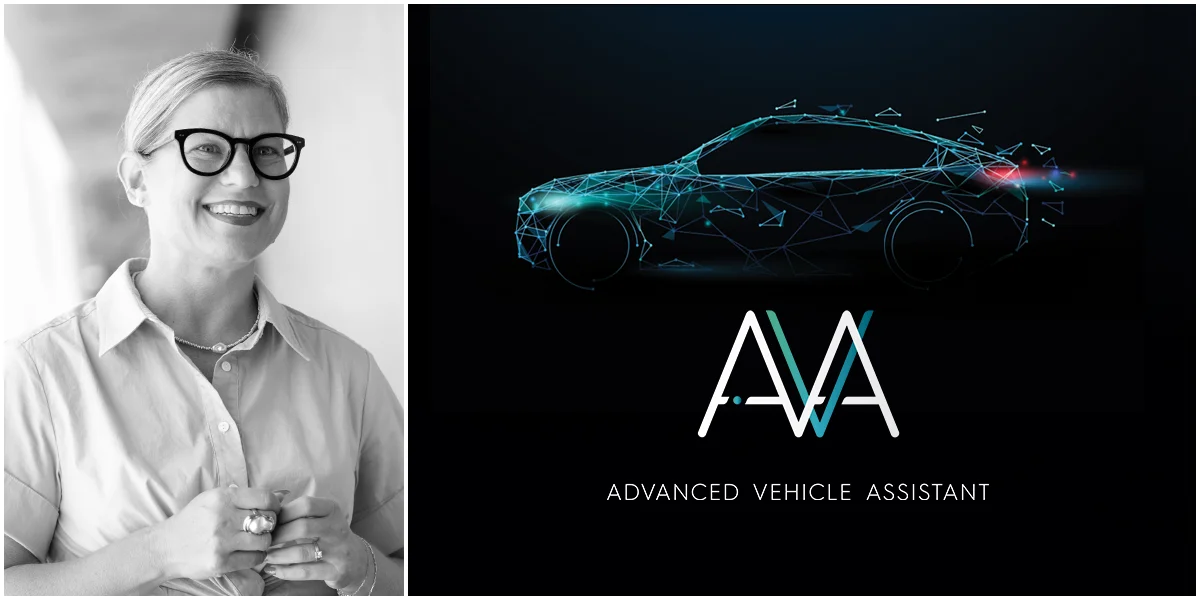Even with recent rollbacks on manufacturing mandates, the transition toward electric vehicles remains one of the automotive industry’s chief concerns. Many brands still expect to sell more electric vehicles by the end of this decade. OEMs promise to electrify more of their product lines by the early 2030s.
Consumers are adapting with the times. Still, challenges remain on the path to widespread electric vehicle sales.
The good news is solutions are in development for each of these challenges. And electric vehicle partners are now emerging ready to make those solutions a reality.
1. The Stigma of Higher Up-Front Cost
Price tops any list of reasons why a consumer might hesitate to purchase an EV. The “electric vehicles are more expensive” mantra is seen as a given. Potential EV buyers are no different than anyone else. Cost is often the chief factor guiding their decision-making processes.
But what’s the actual truth here? Are electric vehicles really more expensive?
Research suggests traditional ICE vehicles are, in fact, more expensive to own and operate. A 2018 University of Michigan study found the cost of EV ownership to be half that of fossil fuel counterparts. The higher up-front cost is more than offset by these lower long-range costs. Subsidies and tax credits further sweeten the deal for EV owners.
To address buyer concerns about cost, manufacturers should educate consumers about the difference between sticker price and total cost of ownership.
2. There’s Less to Choose From
Internal combustion engine (ICE) vehicles outnumber electric vehicles by a vast margin – no surprise given their hundred-year head start. There are simply fewer options to choose from when it comes to electric vehicles.
But change is unfolding as we roll deeper into the decade of the 2020s. Electric cars are no longer just small, economical cars. Bigger trucks, transport vans and sport vehicles are entering the electric vehicle market. They’ll continue to do so as manufacturers push their own EV initiatives. Consumer education is key. The EV trend is real — despite recent setbacks — and, over time, selection and availability will continue to skyrocket.
Once again, informing the customer of this development is crucial. Sales will stall as long as consumers cling to an archaic view of electric vehicles.
3. Old Habits Die Hard
Traditional gauges and meters are familiar. A gas gauge is easy – it shows that the tank is full, empty, or somewhere in between. Deciphering information in an electric vehicle is a little more nuanced. How much charge is left? Do driving habits and environmental conditions affect the remaining range of the vehicle? How does the vehicle use and optimize its energy?
An electric vehicle’s in-vehicle software can help dissolve the mystery around these factors. But first-time buyers are often disoriented by the differences in electric vehicles after decades of comfort and routine.
As with the challenge of vehicle variety and availability, the solution here is customer education. Knowledge is power, and in this case, the power of electric vehicles is easy to prove.
4. Are We There Yet? With Charging Infrastructure, Not Quite
People in large cities or suburbs never worry about being able to find a gas station. Even in semi-rural areas, it’s easy enough to find a fuel stop before the needle drops down to E.
But the idea of keeping an electric vehicle charged can be intimidating to those hesitant to take the EV plunge. Charging infrastructure is indeed lacking in many parts of the country. Until companies resolve this issue, range anxiety will remain an obstacle to EV sales growth.
Fortunately, the solution to this issue should be partially self-correcting. Manufacturers will install the needed infrastructure as demand shifts toward electric vehicles. Between government initiatives and manufacturer goals, vehicles are transitioning to electric at a rapid pace. The biggest challenge in this regard is bridging the gap created by the lag in time it will take to increase and expand the current infrastructure.
5. Offering Qualified Service—and Creating Better Support Information
Even if the industry addresses these concerns–cost, selection, unfamiliarity, charging infrastructure–many consumers aren’t sure what do when an electric vehicle needs service. And EV critics may well have a point. Right now, electric vehicle service means finding a dealership or specialty repair shop.
Much like charging infrastructure, part of the solution will involve natural market adaptation. An increased market share will incentivize repair shops to adapt their knowledge and offer more EV repair services.
But there are better solutions than simply sitting back and waiting for the market to solve problems organically. Electric vehicle operation is new and unfamiliar. Repair issues often result from that same lack of familiarity. Service platforms now exist to remedy that lack of familiarity — applying AI to leverage official service and engineering data. This enables a higher level of service even when a technician encounters systems and issues they’ve never seen before.
Encouraging Electric Vehicles Sales and Ownership
Manufacturers should choose their information partners carefully. A partner with the right expertise and experience bridges the gap between an electric vehicle, its owner, and its service technician.
Companies should make their content as targeted as possible. Author content clearly. Ensure service technicians and end-users only encounter information relevant to the electric vehicle in front of them. Making information as product- or VIN-specific as possible reduces confusion, and highlights a product’s ease of use/ease of service.
Translation is one area where information distribution may become highly complex—and extremely expensive. Companies need to make sure their information partner applies proper content translation processes. This ensures the quality, accuracy and integrity of their electric vehicle support information. And, with the right methodology, it helps eliminate duplicated effort. This, in turn, reduces resource labor, maintains lower costs and protects operational efficiency.
Electric vehicle manufacturers should focus on finding partners who specialize in multi-channel product information delivery. Users and technicians expect to find product information on the most logical device. That could be a smartphone, tablet or center stack touchscreen.
People also expect to receive information in a situationally-ideal format. That could be PDF, print, video or voice.
These kinds of contextually-relevant information deliveries are only feasible through topic- and component-based content management.
Creating Better Electric Vehicle Product Information
It all circles back to information production. An optimized live-content authoring system produces highly flexible information which transitions seamlessly between languages, channels and formats.
Companies should collaborate with their information partners to audit user needs. It’s important to determine which channels are right for each portion of content. That content must be fully searchable and easy to access.
Consumer education must be prioritized, but improved post-sale information could also make a huge difference. On-demand electric vehicle product support could reduce the need for service. It also improves customer loyalty, and lowers the costs of warranty repair.



